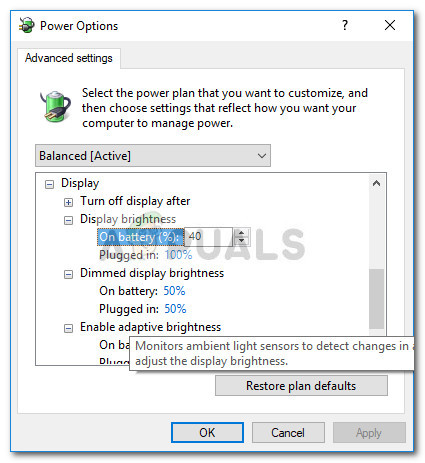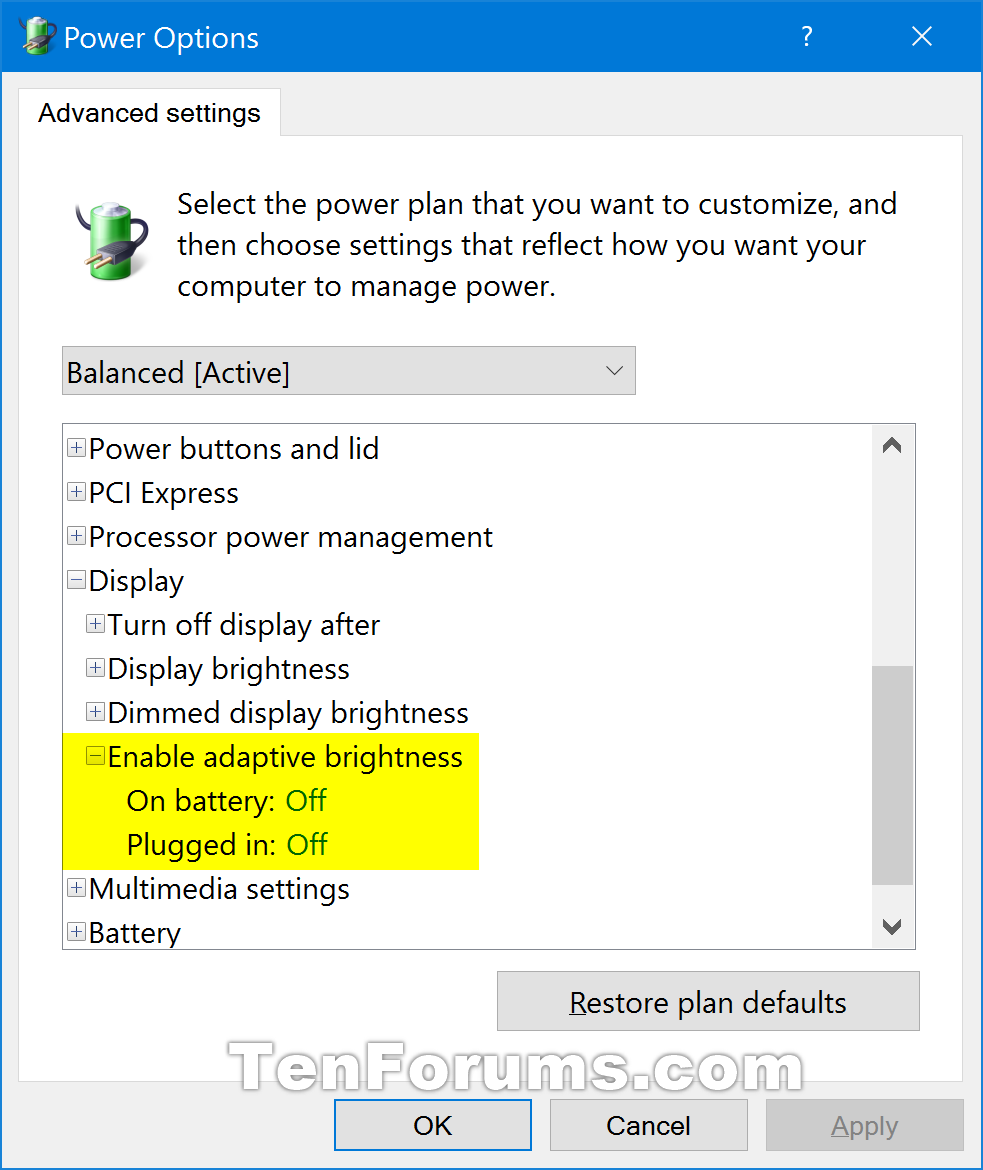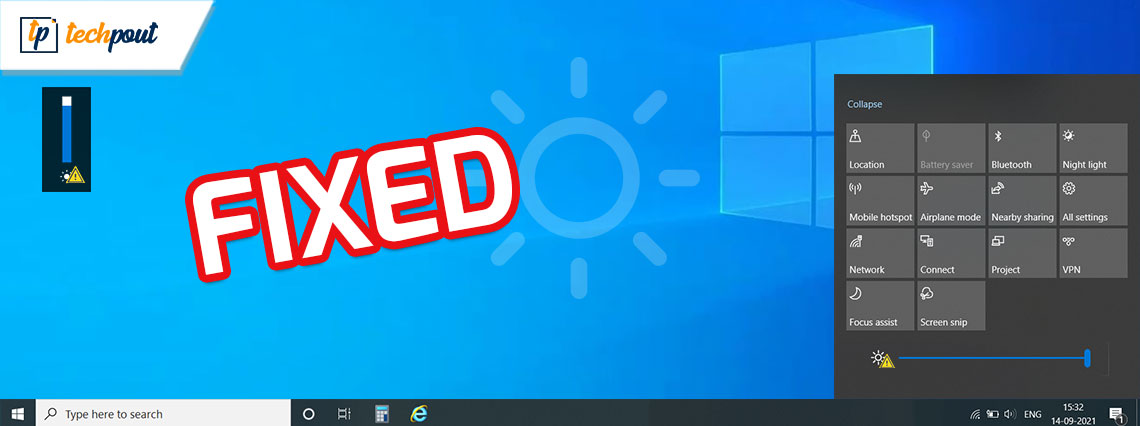

A device driver is a software that tells the operating system and other software how to interact with certain hardware. Outdated, incompatible, or corrupt drivers are usually the main cause of Windows 10 screen brightness control issues. In this guide, we will present different methods to solve the brightness control problem. This problem is usually caused by incorrect, incompatible, outdated, or faulty drivers. In most cases, the Windows 10 brightness problem can be solved by simply updating the GPU drivers.

What is the cause of faulty brightness control in Windows 10Ī faulty GPU display driver installed on your computer may be the reason why you can’t adjust the brightness in Windows 10.

It could also be useful for tweaking video, only a few video players have easily accessible during playback color controls.

Some Linux desktops (don’t remember which) have widgets for brightness and contrast Linux tools vary from thoroughly primitive (none!) to excellent.Īnyway, as long as you know where you started, this looks like a nice utility for quickly changing brightness of a desktop monitor, far easier to use than infuriating monitor menus. With our desktops, which have Nvidia cards and Intel Graphics disabled, you can play with monitor controls or Nvidia settings, neither ideal, it’s easy to get way off track. Windows laptops generally have a brightness control (not really brightness, more like screen drive) but little else unless you go into the Intel Graphics settings, a clumsy way to make temporarly changes. I guess that counts as changing color settings. I calibrated all our screens with xrite i1 display pro and Display Cal to get them “even” from dark to white and that makes a huge difference, no more too white or too black, favoring shades or excessive saturation at particular gamma levels.


 0 kommentar(er)
0 kommentar(er)
